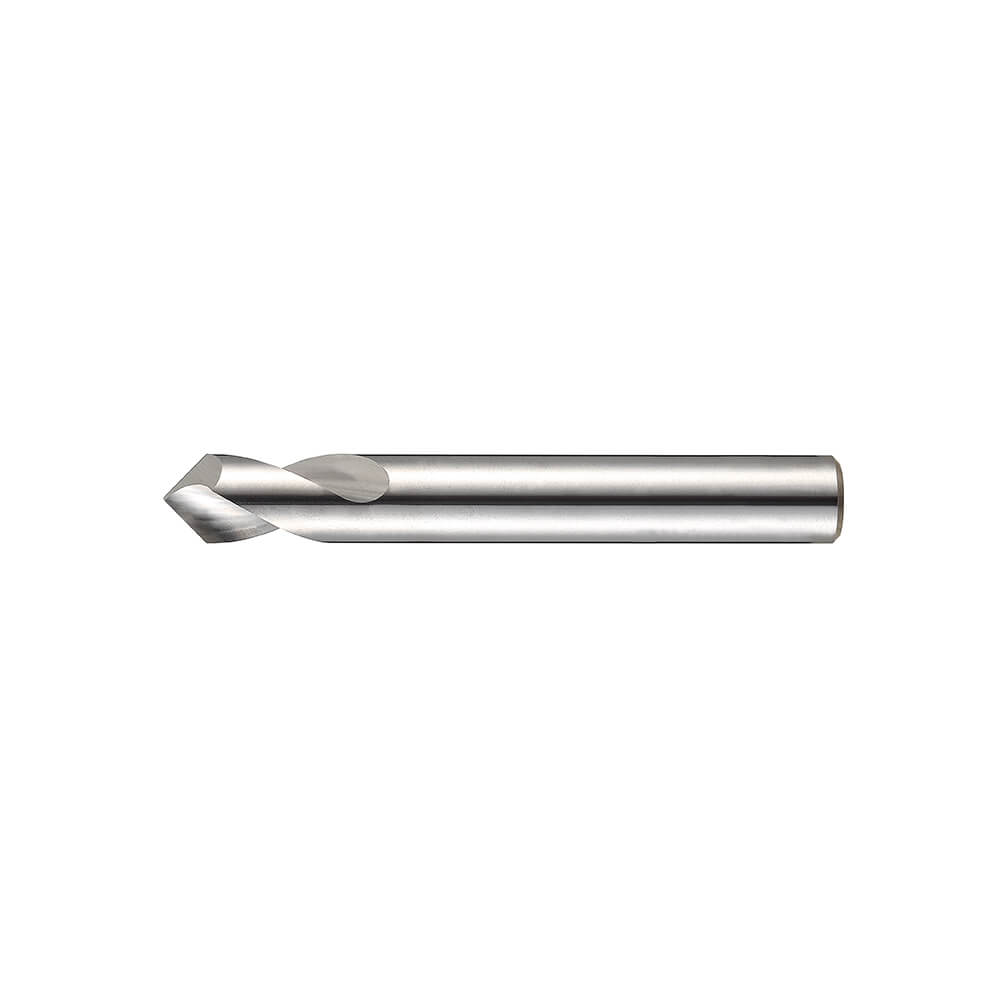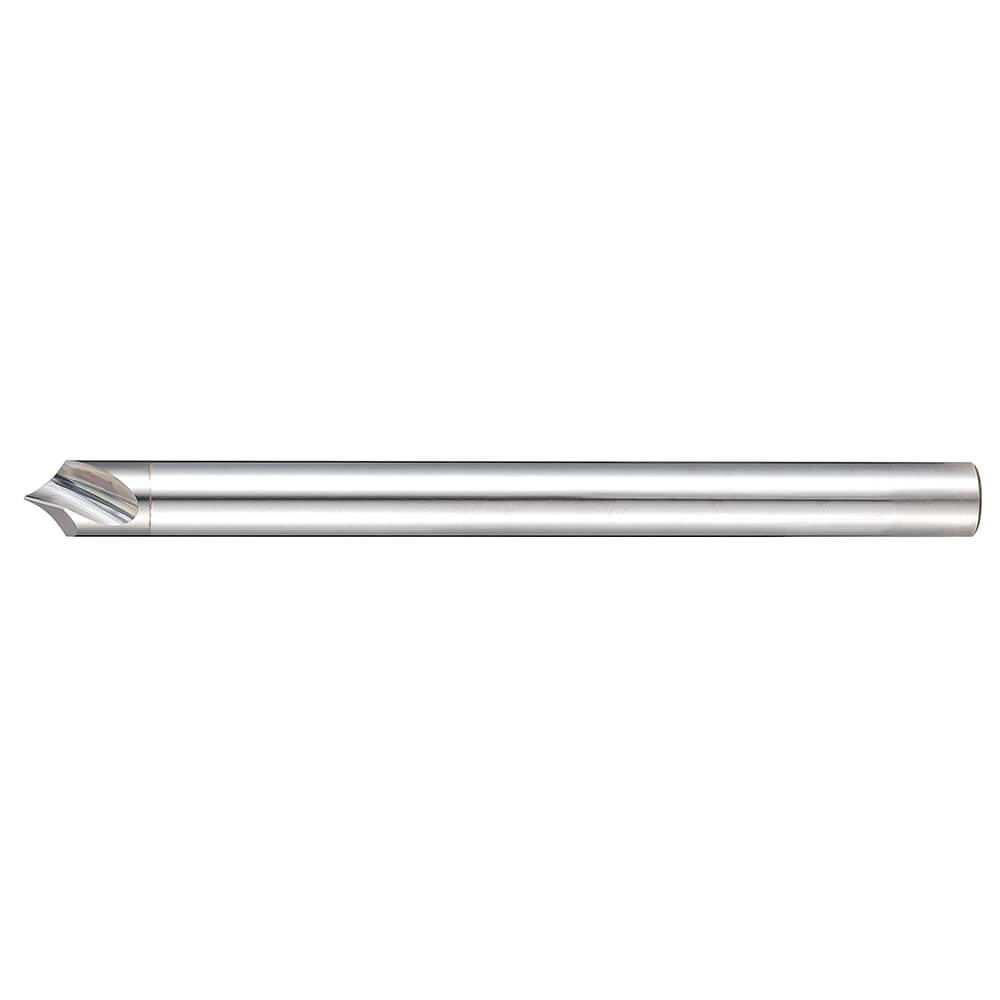Carbide Position Drills
Carbide position drills are specialized drilling tools made from tungsten carbide, known for their exceptional hardness and durability. These drills are designed to provide high precision in drilling operations, making them ideal for various industrial applications.
Features of Carbide Position Drills
High Hardness and Wear Resistance: The use of tungsten carbide gives these drills superior hardness, allowing them to maintain sharp cutting edges over extended periods. This feature is crucial for drilling through tough materials like stainless steel, cast iron, and other hard metals.
Precision Design: Carbide position drills are engineered to ensure accurate hole placement and dimensional accuracy. Their design minimizes the risk of wandering during drilling, which is essential for applications requiring tight tolerances.
Optimized Geometry: Many carbide position drills feature specific geometries tailored for different drilling needs, such as deephole drilling or creating smalldiameter holes with high precision. This versatility allows them to be effective across various applications.
Heat Resistance: Carbide drills can withstand high temperatures generated during drilling operations without degrading. This resistance to heat ensures consistent performance even in demanding conditions.
Benefits of Carbide Position Drills
Increased Tool Life: Due to their durability and resistance to wear, carbide position drills typically have a longer lifespan than traditional highspeed steel (HSS) drills. This longevity translates into fewer tool replacements and reduced operational costs.
Enhanced Productivity: The ability to maintain sharpness and resist heat allows carbide drills to operate at higher speeds, which can significantly improve productivity in manufacturing and machining processes.
CostEffectiveness: Although carbide position drills may have a higher initial cost compared to other types of drills, their extended lifespan and reduced need for maintenance make them a costeffective choice in the long run.
Improved Surface Finish: The precision cutting capabilities of carbide drills result in cleaner holes with better surface finishes, which is particularly important in industries like aerospace and automotive where quality standards are stringent.
In summary, carbide position drills offer numerous advantages that make them essential tools in modern manufacturing and machining environments. Their combination of durability, precision, and efficiency makes them suitable for a wide range of applications across various industries.
When manufacturing customized carbide position drills, several precautions must be taken to ensure high precision, durability, and performance.
1. Material Selection & Handling
Use high-quality tungsten carbide with the right grain size to balance toughness and hardness.
Avoid contamination of carbide powders during mixing to prevent defects.
Ensure proper sintering temperatures and pressure to achieve optimal hardness and density.
2. Design & Geometry
Maintain precise tolerances for drill geometry (point angle, flute design, and helix angle) to ensure accuracy.
Consider chip evacuation efficiency in the flute design to avoid clogging and tool breakage.
Balance cutting edges to prevent uneven wear and vibration.
3. Coating & Surface Treatment
Select appropriate coatings (TiAlN, TiCN, DLC) based on drilling application to enhance tool life.
Ensure uniform coating thickness to avoid imbalance in cutting performance.
Properly clean and prepare drill surfaces before coating for better adhesion.
4. Cooling & Heat Management
If high-speed drilling is required, design internal coolant channels for better heat dissipation.
Ensure proper cooling during grinding and finishing processes to prevent micro-cracks in carbide.
5. Grinding & Finishing
Use diamond grinding wheels for precision grinding without damaging the carbide.
Control feed rate and pressure during grinding to avoid overheating and micro-fractures.
Inspect surface finish quality to ensure smooth chip flow and reduce tool wear.
6. Quality Control & Testing
Perform dimensional inspections using high-precision measuring tools (CMM, optical comparators).
Conduct hardness and toughness tests to ensure carbide strength.
Perform trial drilling under real machining conditions to verify performance.
7. Safety & Handling
Use proper personal protective equipment (PPE) when handling carbide dust and grinding processes.
Store carbide drills in protective packaging to prevent chipping and breakage.
By following these precautions, you can ensure that your customized carbide position drills meet high standards of precision, durability, and efficiency. Let me know if you need further details on any of these steps!


